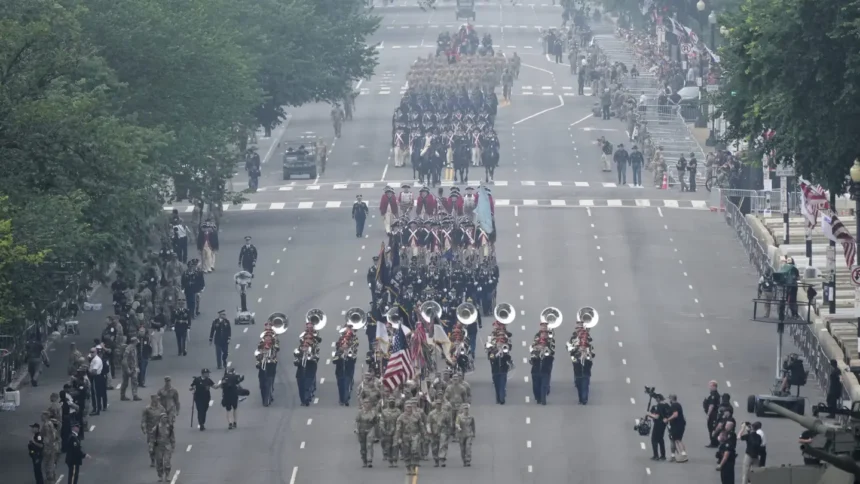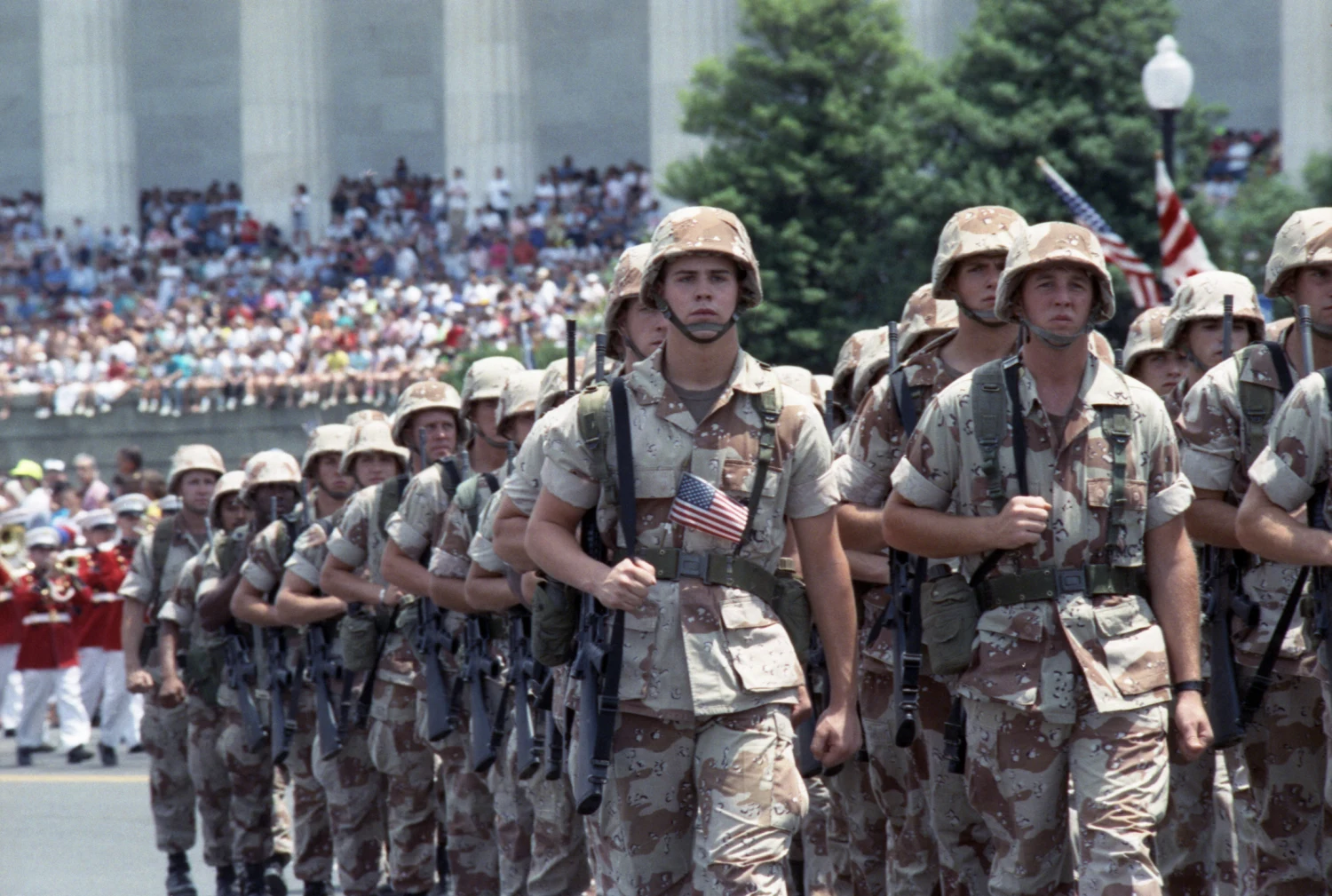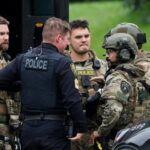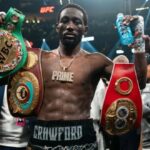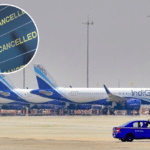WASHINGTON D.C. — On Saturday evening, Washington was filled with displays of national pride and political tension as President Donald J. Trump led a large military parade to mark the U.S. Army’s 250th year.
The celebration, which also happened to fall on Trump’s 79th birthday, brought thousands of people, including many veterans, to the National Mall. While the parade inspired supporters, it also sparked hundreds of “No Kings” protests across the country.
The event included nearly 7,000 marching soldiers, tanks, historical reenactors and ended with a bright fireworks show, serving both as a tribute to the Army’s history and as a focus for heated debate.
The military parade started just after 6 p.m. on Constitution Avenue, beginning at the Lincoln Memorial and finishing at the Ellipse just south of the White House. Although storms threatened the area and the event was moved up, only a drizzle fell, allowing the show to go on.
Spectators saw 84 military vehicles, such as 28 M1A1 Abrams tanks, 27 Bradley Fighting Vehicles and restored World War II Sherman tanks. Soldiers marched in uniforms from different periods—stretching from the Revolutionary War through to more recent conflicts—while robotic dogs gave a glimpse of what is to come.
The Army’s Golden Knights parachute team landed in front of the White House, and one member handed Trump an American flag. The military parade also featured helicopter and vintage aircraft flyovers. The night finished with fireworks over the Tidal Basin, though some flights were cancelled due to weather.
Trump Applauded at Military Parade
According to the Los Angeles Times, around 200,000 people attended. The crowd cheered loudly when Trump arrived at the reviewing stand with First Lady Melania Trump, greeted by a 21-gun salute and chants of “U-S-A!” and “Happy Birthday.” Melania wore a white suit with silver buttons, standing confidently next to the president.
Vice President JD Vance, a Marine veteran, and Defence Secretary Pete Hegseth, a former Army soldier, were also greeted with applause. Trump praised the Army’s strength and American resolve, saying, “The Army keeps us free, makes us strong.
America’s enemies have learned that if you threaten our people, our soldiers will answer.” Vance briefly spoke about the Army’s proud history and congratulated Trump on his birthday, sharing that it was also his wedding anniversary.
The parade, which Army officials said cost between $25 million and $45 million, was a rare show of military force in Washington not seen at this scale since the 1991 Gulf War victory march. Supporters, many wearing MAGA hats and waving flags, said the event was overdue.
Paul Brown, a 57-year-old Army veteran from Ohio with a shirt reading “Jesus is my saviour. Trump is my president,” told reporters,
“It’s good to have a leader who cares about the military, especially the commander in chief.” The event included a special tribute for Vietnam veterans, many of whom never received a proper welcome home. Trump led the oath for 250 new and reenlisting soldiers, drawing applause as he welcomed them to what he called “the greatest Army in the world.”
No Kings Protestors
However, the parade drew sharp criticism and prompted protests across the country. Opponents organized “No Kings” rallies in over 1,800 cities, condemning what they saw as Trump’s push for too much power. In Washington, marchers carried signs with slogans like “Trump Must Go Now” and “Kings Are So 250 Years Ago,” gathering in Lafayette Park.
In Philadelphia, activists contrasted their “people-powered” approach to what they called a “wasteful” event. Protests in Los Angeles got tense, with police using tear gas and stun grenades to break up crowds, injuring several, including one person with a broken leg. In Nashville, a 19-year-old was arrested for displaying a handgun at a protest.
Many critics, including Democratic lawmakers and some veterans, criticized the cost and the message the parade sent. Senator Tammy Duckworth, a veteran who lost her legs in Iraq, called it a “$30 million birthday parade for Trump’s ego.” An AP-NORC poll reported that 60% of Americans thought the event was not a good use of public money.
Military historian Matthew Frakes pointed out that while small parades for Independence Day or Veterans Day are common, a parade of this size feels more like those in countries such as China or North Korea. “In democracies, parades are for commemoration.
In authoritarian states, they are meant to intimidate,” Frakes said. Some veterans, including Jay Kalner of the Vietnam Veterans of America, chose not to join, saying they didn’t like the parade being tied to Trump’s birthday.
The parade came just days after Trump sent National Guard troops and Marines to Los Angeles to stop protests against his immigration policies, a move some said broke the Posse Comitatus Act. Representative Betty McCollum called the deployment “escalatory,” while Defence Secretary Hegseth argued, “We should be able to enforce immigration law in this country.”
As fireworks lit up the sky, the event highlighted deep divides. Supporters saw it as a proud moment for the Army and Trump’s leadership. Critics viewed it as a troubling show of political power using the military.
Emily Neuwirth, a 20-year-old protester holding a sign that read, “Sorry, Not Into Men or Monarchy,” summed up her feelings: “It’s crazy that we’re still having to do this.” For those lining Constitution Avenue, the night was a chance to honour the Army’s long history and a president they believe supports it.
Related US News:
FBI Launches Manhunt After Politician Melissa Hortman Murdered




